If someone doesn’t put a stop to pouring money down the high-speed rail drain soon, the California project could end up costing well over $200 billion, according to a new report by Wendell Cox. Cox made this estimate, which is about twice the current official estimate, by applying the average of the cost overruns of the portions built so far to the current cost projections of the remaining parts of the project.
Even if the costs don’t reach quite that high, Cox says, it is likely that a full high-speed rail line between San Francisco and Los Angeles will not be ready to ride before 2045. Cox bolsters these projections with statements from the state’s own peer reviewers who have been monitoring the project since 2009.
Back in 1996, a researcher at the University of California, Berkeley, found that, if the high-speed rail line cost a mere $10 billion, it would be more expensive to ride between Los Angeles and San Francisco than either flying or driving. In 2000, the state of California projected that it would cost $20 billion. Now it is likely to cost at least five to ten time that amount.
Meanwhile, Maryland’s Governor Wes Moore, who apparently never met an expensive rail project he doesn’t like, recently returned from Japan with renewed enthusiasm for a Baltimore-Washington maglev project. Apparently, no one told him that even Japan’s maglev project is years behind schedule, partly due to opposition from local landowners.
Coincidentally, Maryland landowners are angered that Moore is suddenly supporting a project that would take their land and in some cases their homes. Plus, as the Antiplanner’s analysis of the environmental impact statement for the Maryland project showed in 2021, maglev is environmentally the worst alternative mode of travel between Baltimore and Washington.
In other Maryland news, the state is placing the proposed Red light-rail line in Baltimore on hold. No doubt this is mainly because there is zero chance that the Trump administration will agree to fund part of the cost of the project.
The administration has also yanked funding from the Dallas-Houston high-speed rail project. Although backers promised this project could be funded exclusively with private dollars, the Japanese investors who were supposedly behind the project withdrew their support. This led the remaining parties to apply for a $64 million federal grant to “plan” (translation: lobby for more money) the project. The Trump administration terminated that grant.
All of these projects have several things in common. First, they would end up being more expensive than anyone expects even after they take cost overruns into account in making their estimates. Second, they would serve a small number of people because, for most, they won’t be able to compete with the convenience of driving or the speed of flying (or, in the case of the Red Line, the speed of a non-stop bus system). Third, even if someone manages to come up with the money, they would take years if not decades to build.
Finally, considering that today is Earth Day, it is worth noting that construction of each of these projects would produce billions if not trillions of pounds of carbon dioxide-equivalent emissions, and it is unlikely that operating the projects would ever save enough emissions to repay that cost (and in the case of maglev, at least, would produce more greenhouse gases in operation than would be emitted if it weren’t built). All of which supports the conclusion that light rail, high-speed rail, and maglev are all technological dead ends.


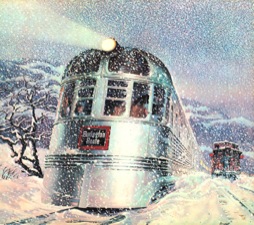
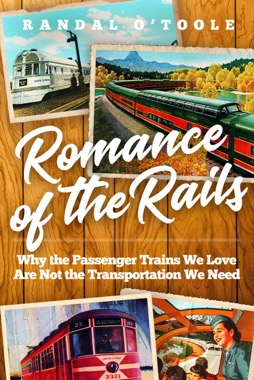
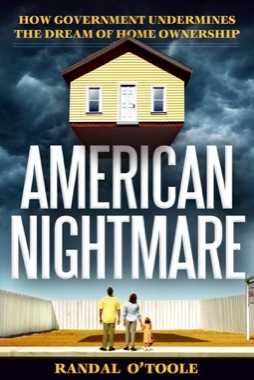
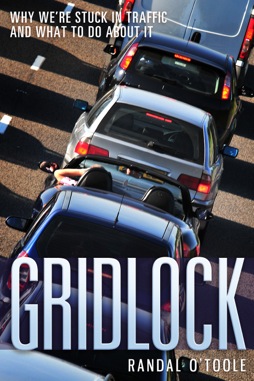
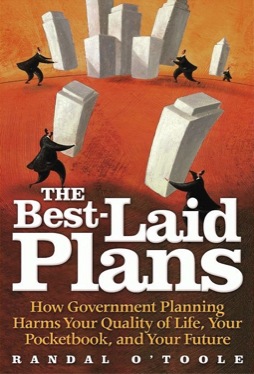
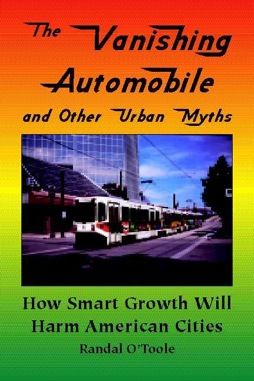
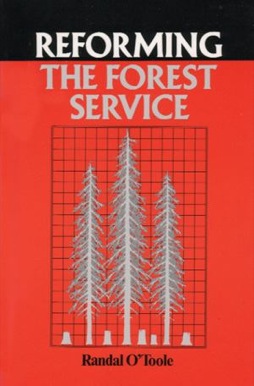
Learn from other countries that build them at a lower cost per mile.
Florida at least did it more efficiently.
Learn from other countries that build them at a lower cost per mile.
Florida at least did it more efficiently.
Likely there was money laundering. I-11 from Las Vegas to Tucson is still not completed either.
Headline should be “billion” not “million”
Changed million to billion. Thanks.
Cyrus992, Florida didn’t do anything. Brightline built a moderate-speed rail line and is losing money on it. Other countries aren’t doing all that great either: China, Japan, Britain, Spain and others have spent/are spending huge amounts of money for little benefit.
The Antiplanner,
Still, it is lesser flawed process.
Before making that fateful trip to Ford’s Theater, President Lincoln authorized the Transcontinental Railroad. Planning had been going on since 1847, surveys since 1853. The route would be long and built through inhospitable mountains and across arid deserts. The Central Pacific broke ground on January 8, 1863. The 1777 mile route was coupled up on May 10, 1869. Six years it took ’em. With hand tools.
This HSR project is a farce.
Public civil projects seldom undergo financial review.
If high speed rail was put thru a competitive contract it would have been cheaper but still would have failed.
Years provided concept provided by general atomic for maglev sleds on shipping ports to move cargo faster than forklifts and cleaner than trucks before leaving. By Jerry rigging maglev track haven’t lane highway and segregating it you have ghetto maglev. It would have to be pedestrian proofed and probably need a noise barrier. It would be expensive but far less so than starting from scratch